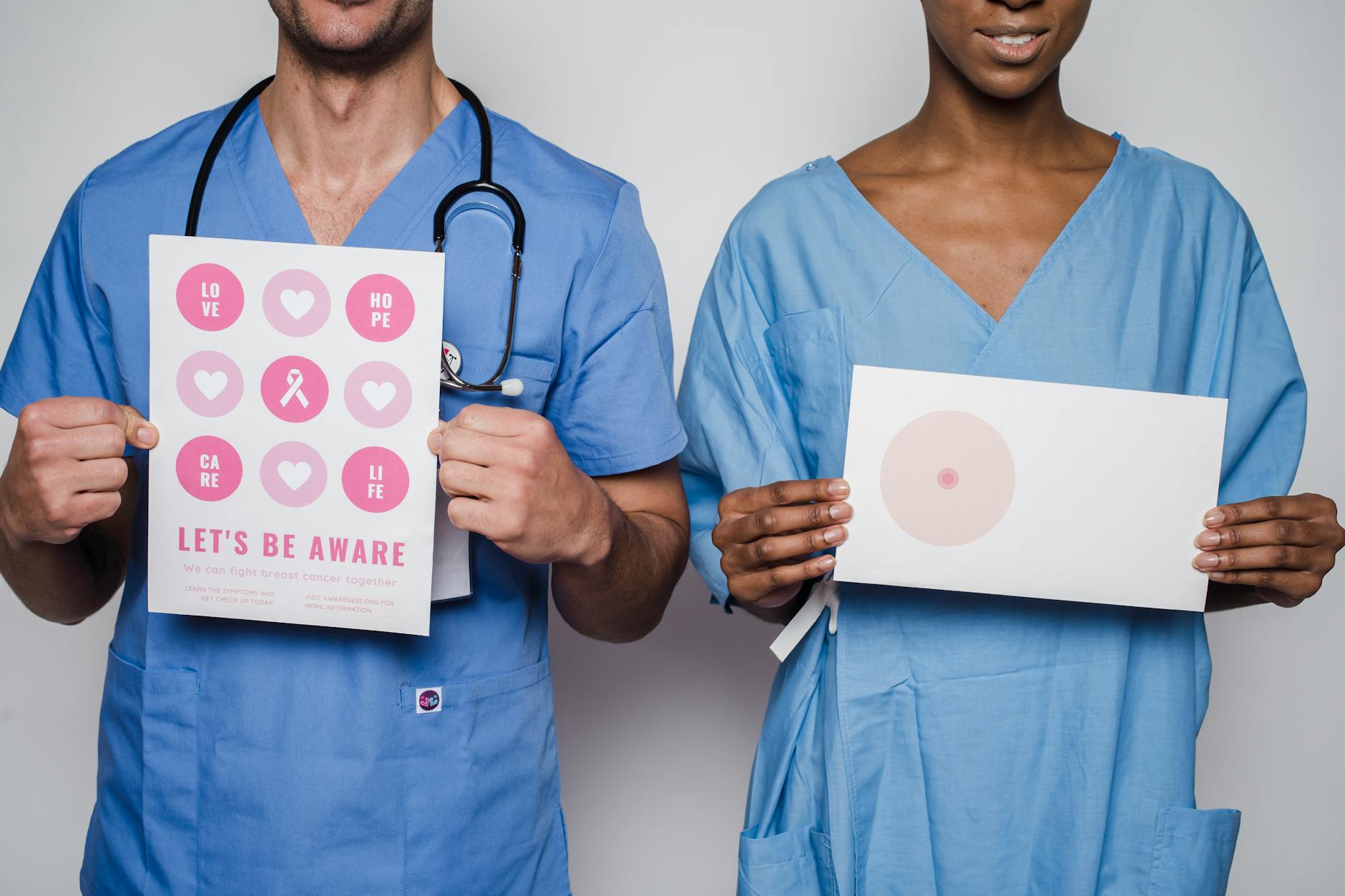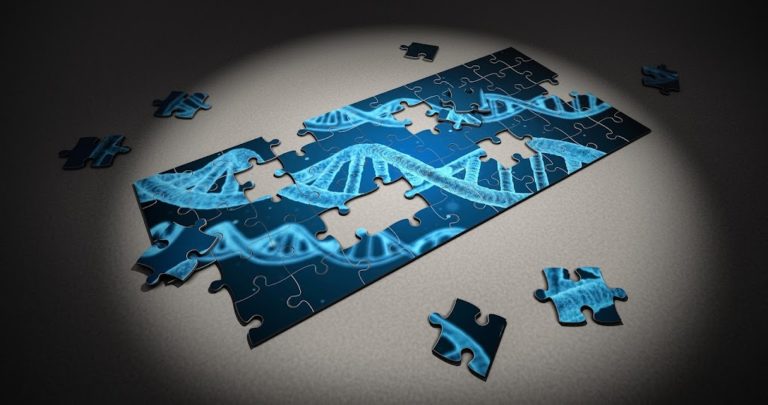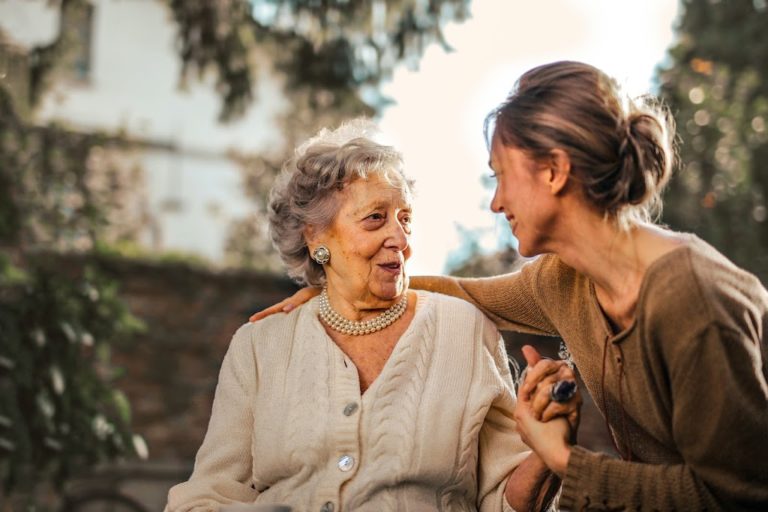
Wondering about Breast Cancer?
What Is Breast Cancer?
Breast cancer affects the tissues of the breast. There are two main types of breast cancer. The more common form of breast cancer is one which develops in the lobules where the milk ducts are and are the glands that produce the milk. The less common form develops in the stromal tissue which makes up the more fatty fibrous tissue of the breast.
Breast cancer is caused by a genetic abnormality. However, only about 5-10% of breast cancer is actually hereditary. The majority of the time the genetic abnormality is due to the aging process. Just general wear and tear of life causes the cells to mutate.
You can actually limit your risk of getting breast cancer just by doing a few things to keep yourself healthy. Things like eating right, not smoking, exercising regularly, and limiting alcohol consumption. This is not to say you definitely will not get breast cancer if you do these things, though – it just helps limit your risk.
Part of the way you can help in the fight against breast cancer is early detection. Doing monthly self-breast exams is key, but you also want to make sure that you get a mammogram as often as your doctor recommends one. This is usually starting by the age of 40 and going once a year thereafter.
Mammograms are nothing to be afraid of. It’s no worse than any other procedure you have to have done to ensure you’re healthy.
What to Expect out of a Mammogram?
To help ease your fears about mammograms, here’s what you can expect when you go for one. This is one of the most important tools doctors have for screening people for breast cancer and helping in determine a diagnosis and treatment plan. So once you’re of age you don’t want to skip this, especially if you’re simply missing it because you’re nervous about the unknown. Here’s what they do:
* You will receive a gown and be asked to remove all jewellery from the waist up as well as clothing from the waist up.
* You will stand in front of a special x-ray machine that has a plate on it.
* The technician will place one of your breasts on the plate and raise or lower the platform to match your height.
* The technician will then have you position your arms, head, and torso in such a way that it will not interfere with the test itself.
* Your breast is then gently pressed down by a large plastic plate.
* You will feel pressure for a few seconds as the breast tissue is spread out to take an image of the breast. This might cause some discomfort, but it’s not harming you. If it becomes too unbearable, tell the technician. However, this is needed in order to flatten out and even the thickness of the breast tissue to get a better image of the breast.
* You’ll need to hold still and hold your breath for a second.
* Then the technician will do the same thing with the second breast.
* You might be asked to wait after it’s all done for the technician to review the images to make sure they are clear. If they are not they might have to repeat the process.
* It usually takes less than 30 minutes to complete the whole process and you are free to resume normal activity once it is complete.
So that doesn’t sound too terrible, does it? It’s only once a year and if it will detect breast cancer early, then it could really be a life saver.
How a Mammogram Is Used to Help Save Your Life?
Mammograms have the ability to check the breast for any sign of disease. A lump can be seen on a mammogram before it can even be felt during a self-exam. And since we know early detection saves lives when it comes to cancer, this is a great early detector that saves lives.
While mammograms can’t actually diagnose cancer, they can alert us to problems with the breast which lead to further testing. That might be simply monitoring more closely to see if the calcifications multiply over time. Or it could tell doctors that a biopsy needs to be done. It will show doctors exactly where they need to do the biopsy as well.
So mammograms are very important tools in saving the lives of women (and men) when it comes to breast cancer. Even though a mammogram can’t say for sure whether you have breast cancer, it does alert the doctors to a possible problem which might require more testing or closer monitoring.
Have you scheduled your mammogram yet?





